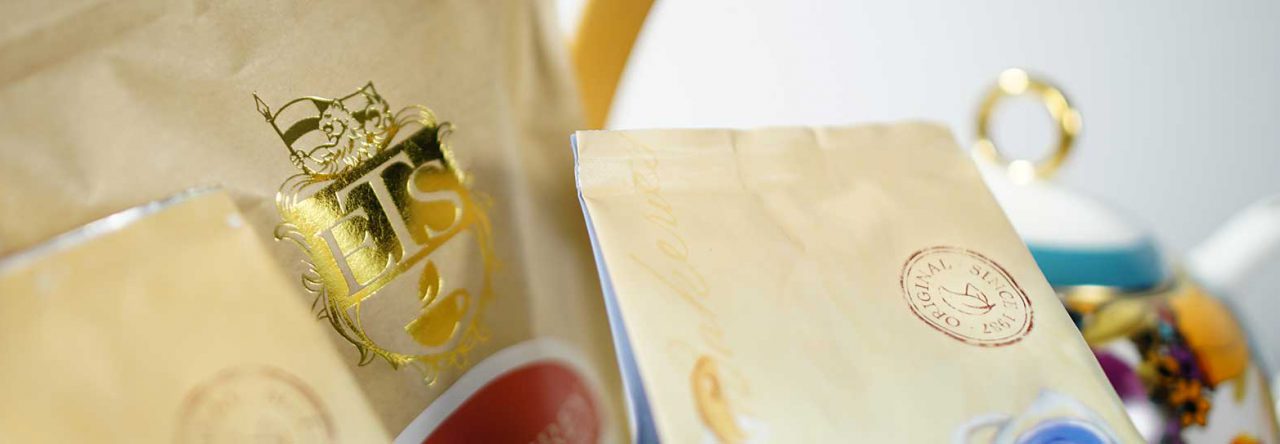The aromas of the various teas out there can be so enticing and thus so much a part of the enjoyment of tea that there are even special aroma cups (taller and narrower than usual sipper cups) used to help you make the most of them. But what are you smelling? How do you identify and describe that aroma? Various charts have been created over the years to try to lay this out in a fairly comprehensible form.

The issue of personal experience still remains, though, for you can hardly identify fennel or mahogany or cardamom or even strawberry if you haven’t actually smelled these aromas. A little sniffer training might be needed before you can answer that title question: “What’s that smell?”
Here’s an approach to take
Look up the tea you’re going to have and see what the flavor description is. Then, go experience the real aromas (nuts, fruits, grass, etc.). For example, Gunpowder Green Tea is supposed to have a distinctive nutty/oak aroma. You might want to visit a lumberyard and smell some oak lumber and visit the nut section of the grocery store and sniff some of the nuts there (try not to look too weird while doing this and remember that many of these places have security cameras recording you – so if you’re actions look too odd, they could end up as a viral video on YouTube).
Another Approach
This option could be a bit more pricey. Take a list of tea aromas, go out and purchase some of the items named (such as nuts and fruits) and bring them home to experience the aromas. Thinks like hay and grass will mean going outside or even taking a drive in the country. As for mineral aromas (such as volcanic ash), I don’t recommend traveling to a volcano – better to just use your imagination. Things like jasmine and osmanthus might not be available locally, and I, for one, am not interested in going to a stable to experience first hand the aromas there said to be in some teas.
An Even Better Approach
Just relate to the aromas based on your own experience and the things you are already familiar with. Tea is a very personal beverage, even when enjoyed with friends. Experience it your way.
See more of A.C. Cargill’s articles here.
© Online Stores, Inc., and The English Tea Store Blog, 2009-2014. Unauthorized use and/or duplication of this material without express and written permission from this article’s author and/or the blog’s owner is strictly prohibited. Excerpts and links may be used, provided that full and clear credit is given to Online Stores, Inc., and The English Tea Store Blog with appropriate and specific direction to the original content.



Leave a comment